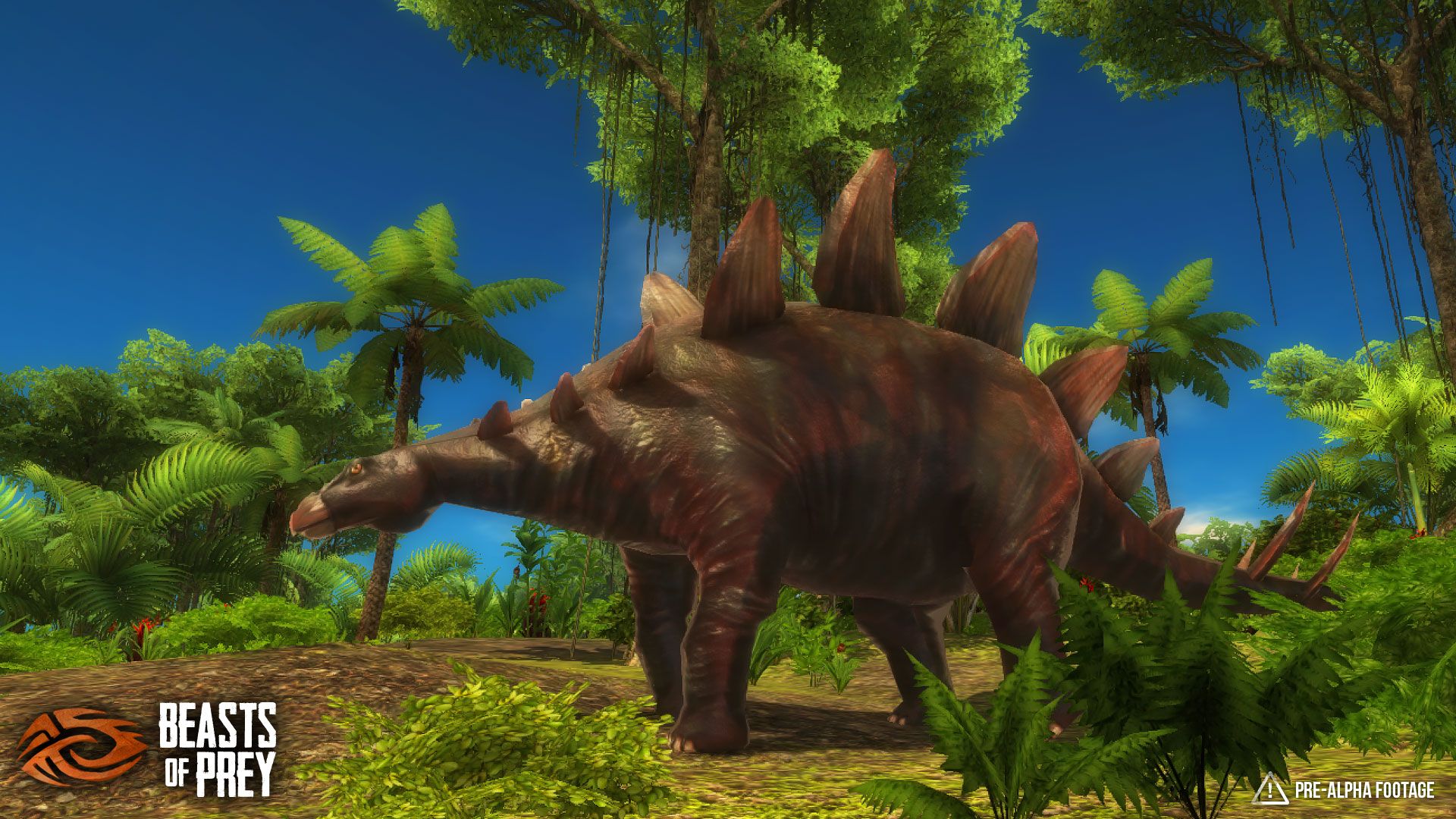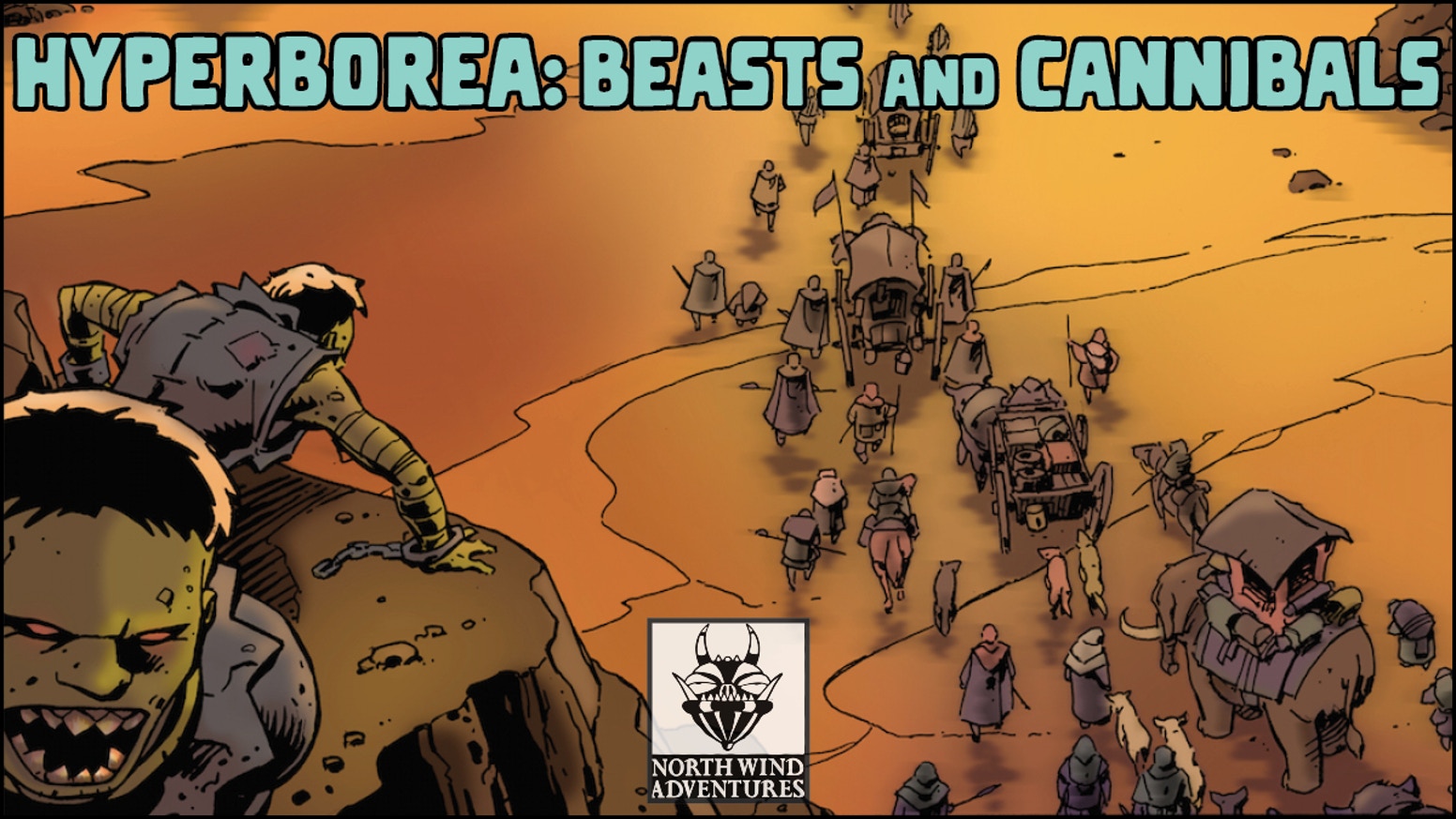


But on the night of his final rite of passage, Ekon encounters not only the Shetani-a vicious monster that has plagued the city for nearly a century and stalks his nightmares-but Koffi who seems to have the power to ward off the beast. But the night those she loves are gravely threatened by the Zoo’s cruel master, Koffi unleashes a power she doesn’t fully understand, upending her life completely.Īs the second son of a decorated hero, Ekon is all but destined to become a Son of the Six-an elite warrior-and uphold a family legacy.

There’s no such thing as magic in the broken city of Lkossa, especially for sixteen-year-old Koffi, who indentured to the notorious Night Zoo, knows the fearsome creatures in her care and paying off her family's debts to secure their eventual freedom can be her only focus. “Rich in magic and mythos, Beasts of Prey is a feast for all the senses.” -Renée Ahdieh, New York Times bestselling author of The BeautifulĪn Instant New York Times and Indie Bestseller A few scientists thinks the mutation is triggered by environmental factors, notes Backyard Zoologist, especially in places where tiger salamander populations are dense.In this blockbuster fantasy series, perfect for fans of Firekeeper’s Daughter and Iron Widow, fate binds two Black teenagers together as they journey into a magical jungle to hunt down a vicious monster. Their larvae take on two different forms: One smaller variety feasts on aquatic invertebrates, while a much larger "cannibal morph larva" can - you guessed it - eat its non-cannibal morph brethren. These North American amphibians are particularly fascinating to researchers because they can take divergent developmental paths. Farmers employ all sorts of techniques to keep this from happening, like planting inedible fake eggs, such as golf balls. Hens are known to sometimes eat their own eggs, especially if they're not getting enough calcium, which leads to thin shells. Their sole purpose for living? To devour as many of their brothers as they can, since only a few males are needed to fertilize their sisters. Strangely, about 50 of the females emerge with large jaws and no reproductive organs. Once inside, those eggs "clone" themselves until the still-alive caterpillar is teeming with hundreds of larvae. To breed, an adult wasp will seek out an unsuspecting caterpillar, paralyze it with her sting, and then inject one male egg and one female egg into the living body. Skip this one if you're eating lunch: Copidosoma floridanum, a type of parasitoid wasp, has a disgusting way of reproducing. According to LiveScience, "studies have suggested various complex evolutionary reasons involving costs and benefits to the species, sperm competition, and esoteric sexual selection schemes." Usually, though, it's because the baby mamas are famished, and the tiny males just happen to be the closest thing. A range of female spiders, from the famous black widow to the ginormous wolf spider, are known to kill and eat smaller males after sex. Think dating's hard? At least you're not an arachnid. However, in 2008, a zoo in Nuremberg, Germany, reported that a mother polar bear had killed and eaten one of her twin cubs. Some climatologists think melting polar ice is impeding the predators' access to their favorite food - seals - turning them into cannibals out of necessity. In 2011, for example, wildlife photographer Jenny Ross took snapshots of an adult bear tearing into the bloody carcass of a much smaller juvenile. How's that for filial loyalty?Īlthough it doesn't happen very often, polar bears have been spotted in recent years gruesomely feeding on their children in the wild. And the newborns that emerge from pregnancy's version of the battle royale tend to be full-blooded siblings - meaning they have the same father. That effectively makes their smaller half brothers and sisters appetizers. But new studies suggest that the eventual victors may be working in tandem. Mother sharks, it turns out, are capable of mating with more than one male at a time.


 0 kommentar(er)
0 kommentar(er)
